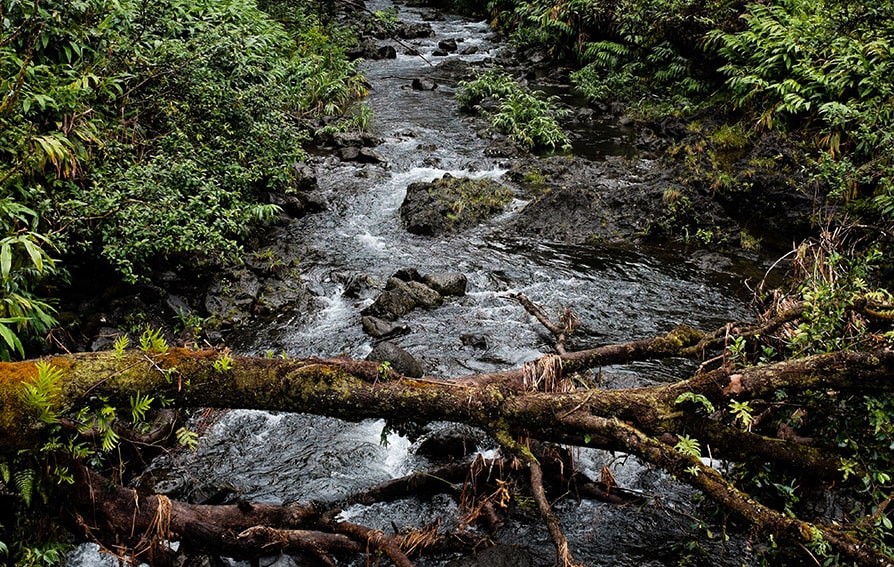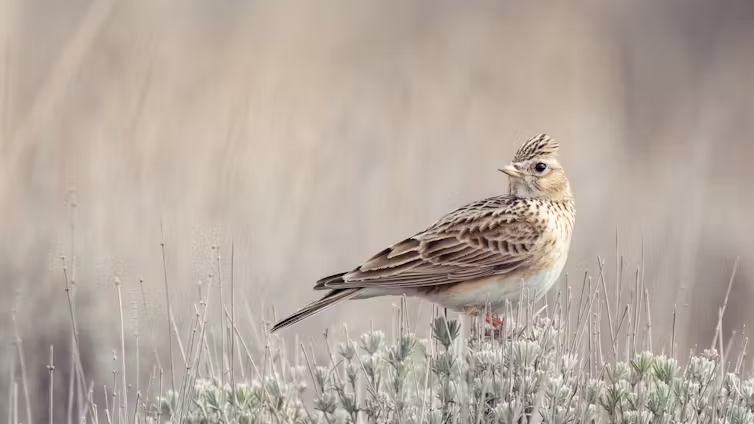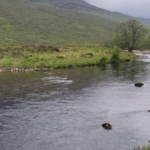Ecosystems and Climate Change

Ecosystems are a big part of the solution to climate change: Agriculture, deforestation, and land degradation contribute to 24{4136d53bac2007e4117f1d8828c187063ea0a85f13bd7ca9434591c56c4e6ea2} of global greenhouse gas emissions (Smith et al., 2014). Restoring our natural world helps mitigate climate change by removing carbon dioxide from the atmosphere (Le Quéré et al., 2018). Protecting, restoring, and better management of ecosystems helps avoid emissions and sequestering carbon (Griscom et al., 2017). They also help us adapt to climate change by regulating local climate, water quality, and pests, providing food security, economic value (wood production and non-wood products), beauty, and health benefits (Bennett et al., 2019).
Biodiversity increases resilience
Forests are home to 80{4136d53bac2007e4117f1d8828c187063ea0a85f13bd7ca9434591c56c4e6ea2} of life on land. Primary producers (plants), seed dispersers (birds, mammals), pollinators (birds, insects), decomposers (fungi, soil microorganisms) all have important ecosystem functions needed to sustain healthy ecosystems. The more biodiverse an ecosystem, the more resilient it will be to the challenges it will face this century: climate change, disease, pests (Franklin et al., 2020).
Ecosystems are changing rapidly
Scientists are seeing increases in observations of abrupt change in many ecosystems, often big changes are happening over short timescales. This is a major challenge in contemporary ecology, but especially as we think about the effects of climate change (Turner, 2020).
We need to invest in native natural ecosystems that benefit climate, biodiversity, and society: Nature-based Solutions are actions to protect, sustainably manage, and restore natural or modified ecosystems to help address societal challenges (Seddon et al., 2020).
But we can’t rely on planting trees to limit global warming
To limit global warming to 1.5oC below preindustrial numbers, we need to focus on achieving monumental cuts in fossil fuel emissions. We can’t rely on planting forests to offset our emissions. Ecosystem restoration needs to be done urgently, and at scale, but as an additional measure to fossil fuel reductions.
Digg deeper
In the special issue Climate Change and Ecosystems, Phil Trans Royal Society B, 2020.
References
- Bennett, E. M., et al. The Montérégie Connection: Understanding How Ecosystems Can Provide Resilience to the Risk of Ecosystem Service Change. In Atlas of Ecosystem Services. M. Schröter, A. Bonn, S. Klotz, R. Seppelt, and C. Baessler, eds. Cham, Switzerland: Springer.
- Franklin, J., et al. Climate change and Ecosystems, National Academy of Science, The Royal Society, 2020.
- Griscom, B. W., et al. Natural climate solutions. Proceedings of the National Academy of Sciences of the United States of America 114(44):11645-11650, 2017.
- Le Quéré, C., et al. Global carbon budget 2018. Earth System Science Data 10(4):2141-2194, 2018.
Other recent stories




